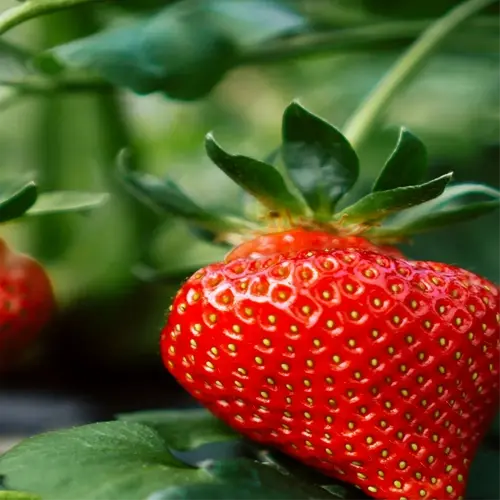Are tea plants safe around pets?

Written by
Liu Xiaohui
Reviewed by
Prof. Samuel Fitzgerald, Ph.D.Camellia sinensis is one of the plants that is known to be safe for pets, but remember to use moderation. My terrier once chewed down about 15 leaves and experienced some mild restlessness from the caffeine. The American Society for the Prevention of Cruelty to Animals indicates that tea plants are free of other toxins, such as saponins or oxalates that can be problematic for other plants, such as lilies or philodendrons. As with all plants, be sure to prevent your pet from eating too much or digging in the soil if they become too excited or stressed.
Toxicity Facts
- 0.02-0.05% caffeine in fresh leaves vs 0.2% in dried tea
- No ASPCA-listed toxins in roots/stems
- Essential oils safe in small quantities
Preventive Measures
- Install 12" chicken wire barriers around plant bases
- Use citrus peels as natural deterrents
- Train pets with 'leave it' commands
Emergency Response
- Symptoms: Hyperactivity, vomiting (rare)
- Contact vet if >20 leaves consumed
- Keep activated charcoal on hand
From time to time, I will train my dogs while we are gardening with tea leaf-scented toys, as that helps them learn to avoid live plants. For cats, plant catnip three feet away as a distraction. Elevated planters (24"+) are a great option for tricky areas with rabbits. Make sure to immediately rinse off fallen leaves. Whenever leaves are decomposing in your garden, they become an additive substitute for a curious sniffer animal.
Additives for the soil present hidden risks. Avoid cocoa mulch, which can be toxic, and avoid synthetic fertilizers. I use fish emulsion diluted to 25% strength. Coffee grounds can add some acidity to your bush, but keep it limited to 1 cup per bush per month. Test the soil pH every week and try to maintain it in the range of 4.5-6 with no "harsh" chemicals.
Deterrents
- Motion-activated sprinklers
- Ultrasonic repellers (inaudible to humans)
- Rosemary essential oil sprays
Monitoring
- Wyze pet cameras with treat dispensers
- Soil moisture sensors with app alerts
- Night-vision trail cams
I learned resilience from growing tea for three years with cats. One mildly obstinate tabby cat required me to plant a dedicated cat grass planter right next to my beautiful Camellias. Now my plants are thriving behind antique window screens- they give a decorative purpose and add a level of safety to the garden aesthetic.
Read the full article: How to Grow Tea at Home Successfully

